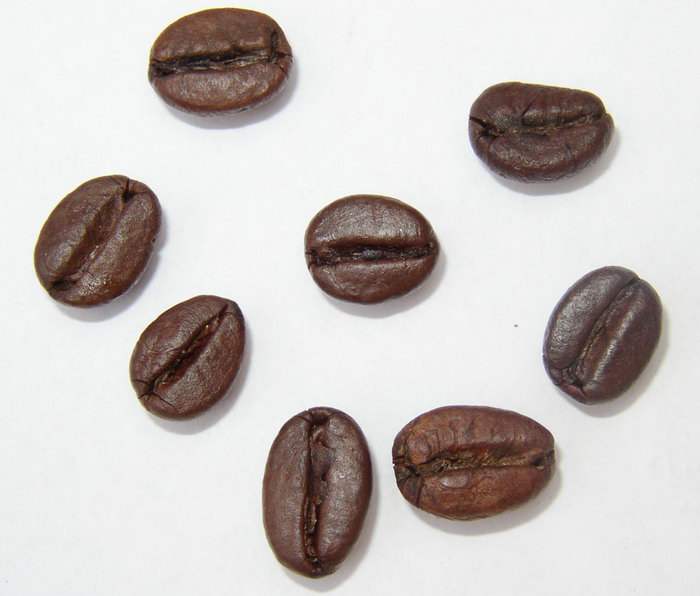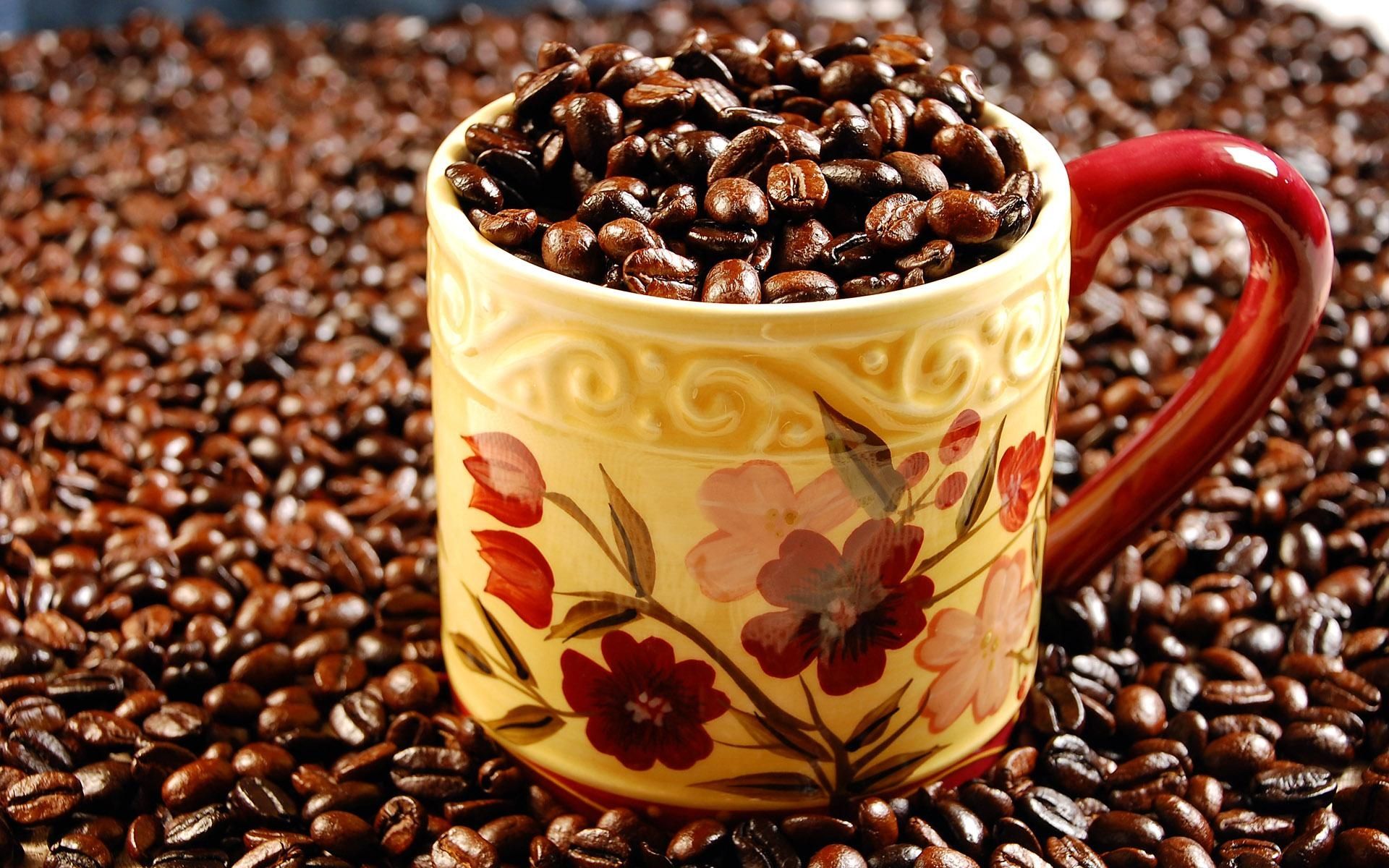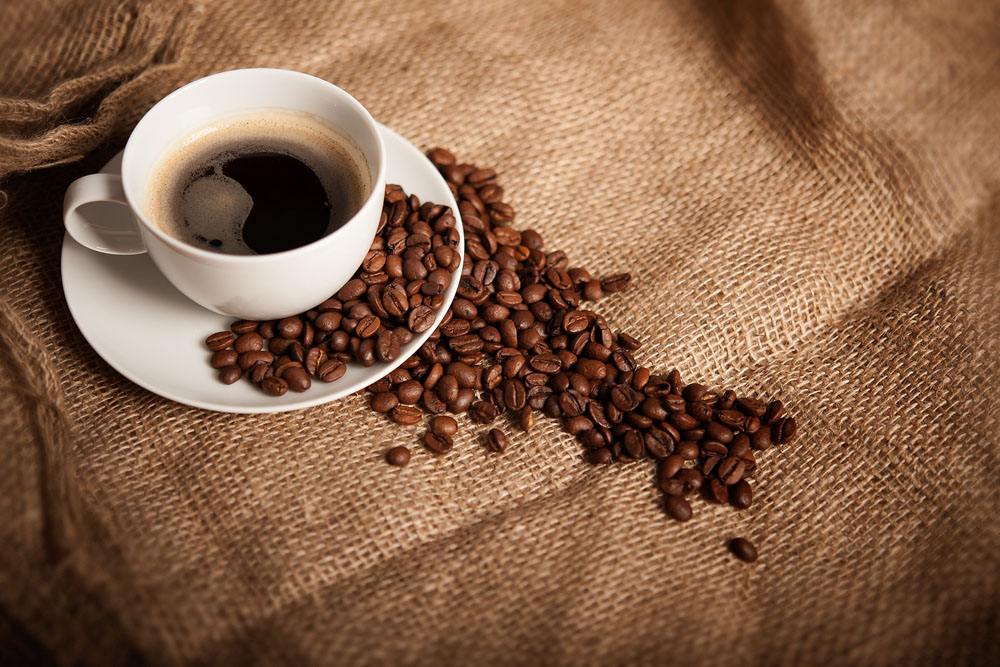The introduction of Vietnamese coffee, the steps of making Vietnamese coffee
Follow the caf é (Wechat official account vdailycom) and found that Beautiful Cafe opened a small shop of its own.
Vietnamese coffee is produced in Vietnam, just as tea is important to Chinese people, it is a kind of penetration into the bone marrow. Almost all of the world's robusta coffee beans (Robustabean), which are often used to make instant coffee and high-end coffee blends, are exported from Vietnam. Vietnam is the world's second largest exporter of coffee, surpassing Colombia and second only to Brazil. The representative products of Vietnamese coffee are MOOSSY, Central Plains Coffee (TRUNGNGUYEN), Saigon Coffee (SAGOCAFE) and Highland Coffee (HIGHLANDS). The Vietnam Coffee quality Standards Committee was led by the Vietnam Coffee Association to draft the Vietnam National Coffee Standard, which was reported to the Ministry of Science, Technology and Environment (now the Ministry of Science and Technology) for examination and approval.

Vietnam's geographical location is very favorable for coffee cultivation. Southern Vietnam has a hot and humid tropical climate, which is suitable for growing ROBUSTA coffee, while the north is suitable for growing ARABICA coffee. Coffee production in Vietnam has the following characteristics: (1) because there is no effective way to deal with fallen leaves, medium-grain coffee was selected as the main variety in the early 1980s. (2) based on the planting technology, the coffee planting method was determined, that is, under the hot and humid climate in southern Vietnam, high density planting, large amount of irrigation, excessive fertilization and no shading trees were used to obtain the maximum yield and give full play to the production capacity of medium-grain coffee. The per unit yield of many coffee plantations in Daklak, Gia Lai, Kontum and Dong Nai areas of Vietnam reached 340t / ha. The yield of some plantations is even as high as 89.9 tons per hectare. (3) processing technology: mainly making full use of the solar energy drying method in the dry season in the plateau of central Vietnam to process coffee.
Coffee cultivation in Vietnam covers an area of about 500000 hectares, of which 10% are owned by state-owned enterprises and farms, and 85% by farmers and landowners. The scale of the manor is small, usually 2-5 hectares, and the large manor is about 30-50 hectares, but the number is small. Vietnamese coffee ranks second in all agricultural products exported from Vietnam, second only to rice. Every year, about 300000 farmers are engaged in coffee cultivation, with a labor force of 600000, and the labor force can reach 700000 to 800000 in the three-month harvest period. as a result, the coffee industry has absorbed 1.83% of the country's total labor force and 2.93% of the total agricultural labor force.
Vietnam Coffee Corporation (VINACAFE) is a 100% state-owned enterprise with 73 companies and farms under its jurisdiction. VINACAFE exports 20-25% of Vietnam's coffee production each year.
According to the business statistics of Vietnam Coffee Association, in 2000-2001 (from October 2000 to September 2001), a total of 874676 tons of coffee were exported from 149 units in Vietnam, of which the three largest export companies were OLAM (wholly foreign-owned enterprise, 21326 tons), DAKMAN (joint venture, 18076 tons) and VINAFIMEX (local enterprises, 13719 tons).
The Vietnam Coffee quality Standards Committee was led by the Vietnam Coffee Association to draft the Vietnam National Coffee Standard, which was reported to the Ministry of Science, Technology and Environment (now the Ministry of Science and Technology) for examination and approval.
The steps of making coffee in Vietnam
The Vietnamese habit of drinking coffee was brought about by the French more than a hundred years ago, and the Vietnamese also maintained the ancient French way of drinking coffee. In Vietnam's ubiquitous coffee shops, sitting lazily and enjoying the beauty of leaking coffee is also a good experience on the road.
[first introduce the right amount of condensed milk into the cup]
[next, put the base of the drip pot on the cup, pour 20g coffee powder into the drip cup, and gently spread it flat on the bottom]
[next, pour the hot water into the dripping pot]
[sit for about three minutes, mix coffee with condensed milk, and a cup of Vietnamese dripping coffee is almost complete!]
Important Notice :
前街咖啡 FrontStreet Coffee has moved to new addredd:
FrontStreet Coffee Address: 315,Donghua East Road,GuangZhou
Tel:020 38364473
- Prev

Yunnan coffee beans taste, Yunnan coffee beans introduction
Following caf é (Wechat official account vdailycom) found that the beautiful cafe opened a small shop of its own. Yunnan was the earliest coffee growing place on the mainland before coffee was first planted in Taiwan Province of China in 1884. In the mainland, the earliest coffee cultivation began in Yunnan. In 1892, French missionaries, for the sake of drinking coffee, were in a place called Zhu Kula in Binchuan, Yunnan.
- Next

Vietnamese coffee culture, Vietnamese coffee varieties
Following Cafe comment (Wechat official account vdailycom) found that the culture of Vietnamese coffee is a daily habit of Vietnamese people. Vietnamese cafes are very common, not high-spending places, and ordinary coffee is only a few yuan. Vietnamese coffee is not brewed in a coffee pot, but a special dripping coffee cup with an ancient style.
Related
- Detailed explanation of Jadeite planting Land in Panamanian Jadeite Manor introduction to the grading system of Jadeite competitive bidding, Red bid, Green bid and Rose Summer
- Story of Coffee planting in Brenka region of Costa Rica Stonehenge Manor anaerobic heavy honey treatment of flavor mouth
- What's on the barrel of Blue Mountain Coffee beans?
- Can American coffee also pull flowers? How to use hot American style to pull out a good-looking pattern?
- Can you make a cold extract with coffee beans? What is the right proportion for cold-extracted coffee formula?
- Indonesian PWN Gold Mandrine Coffee Origin Features Flavor How to Chong? Mandolin coffee is American.
- A brief introduction to the flavor characteristics of Brazilian yellow bourbon coffee beans
- What is the effect of different water quality on the flavor of cold-extracted coffee? What kind of water is best for brewing coffee?
- Why do you think of Rose Summer whenever you mention Panamanian coffee?
- Introduction to the characteristics of authentic blue mountain coffee bean producing areas? What is the CIB Coffee Authority in Jamaica?

